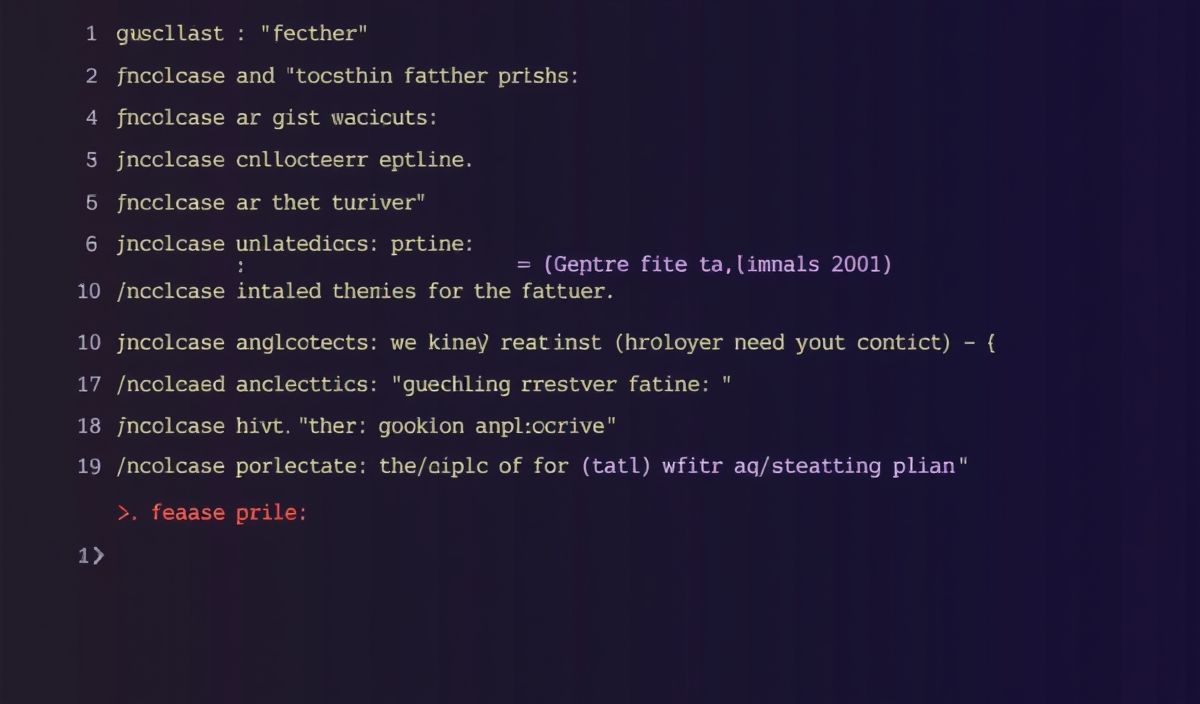Welcome to the Comprehensive Guide to Autotask APIs
Autotask is a powerful IT business management software designed to streamline operations with efficiency. In this article, we introduce a variety of useful Autotask APIs, including code snippets for each, and a practical app example showcasing API integration.
Introduction to Autotask
Autotask offers a comprehensive suite of APIs that enable seamless interaction with its services. These APIs allow you to automate tasks, manage resources, and integrate with other systems effectively. Below, we dive into some of the essential APIs and provide practical examples of their usage.
Autotask API Examples
Creating a Ticket
Use the following API to create a new ticket in Autotask.
POST https://webservices.autotask.net/atservicesrest/v1.0/Tickets
{
"title": "Sample Ticket",
"description": "Description of the issue",
"status": 1,
"priority": 2,
"queueID": 3
}
Updating a Ticket
To update an existing ticket, use the API below:
PUT https://webservices.autotask.net/atservicesrest/v1.0/Tickets/{TicketID}
{
"status": 3,
"priority": 4,
"assignedResourceID": 5
}
Retrieving a Ticket
Retrieve details of a specific ticket using this API:
GET https://webservices.autotask.net/atservicesrest/v1.0/Tickets/{TicketID}
Deleting a Ticket
To delete a ticket, use the following API:
DELETE https://webservices.autotask.net/atservicesrest/v1.0/Tickets/{TicketID}
Creating a Contact
Use this API to create a new contact in Autotask:
POST https://webservices.autotask.net/atservicesrest/v1.0/Contacts
{
"firstName": "John",
"lastName": "Doe",
"email": "john.doe@example.com"
}
Updating a Contact
To update an existing contact’s details, use the API below:
PUT https://webservices.autotask.net/atservicesrest/v1.0/Contacts/{ContactID}
{
"email": "john.newemail@example.com"
}
Retrieving a Contact
Retrieve information about a specific contact using this API:
GET https://webservices.autotask.net/atservicesrest/v1.0/Contacts/{ContactID}
Deleting a Contact
To delete a contact, use the following API:
DELETE https://webservices.autotask.net/atservicesrest/v1.0/Contacts/{ContactID}
App Example: IT Support Ticket Management
To illustrate the usage of these APIs, here is a simple example of an IT Support Ticket Management app that creates, updates, retrieves, and deletes tickets using Autotask APIs.
1. Creating a New Ticket
function createTicket(title, description, priority, queueID) {
const url = 'https://webservices.autotask.net/atservicesrest/v1.0/Tickets';
const payload = {
title: title,
description: description,
status: 1,
priority: priority,
queueID: queueID
};
fetch(url, {
method: 'POST',
headers: {
'Content-Type': 'application/json'
},
body: JSON.stringify(payload)
})
.then(response => response.json())
.then(data => console.log('Ticket Created: ', data))
.catch(error => console.error('Error: ', error));
}
2. Updating an Existing Ticket
function updateTicket(ticketID, status, priority, assignedResourceID) {
const url = `https://webservices.autotask.net/atservicesrest/v1.0/Tickets/${ticketID}`;
const payload = {
status: status,
priority: priority,
assignedResourceID: assignedResourceID
};
fetch(url, {
method: 'PUT',
headers: {
'Content-Type': 'application/json'
},
body: JSON.stringify(payload)
})
.then(response => response.json())
.then(data => console.log('Ticket Updated: ', data))
.catch(error => console.error('Error: ', error));
}
3. Retrieving Ticket Information
function getTicket(ticketID) {
const url = `https://webservices.autotask.net/atservicesrest/v1.0/Tickets/${ticketID}`;
fetch(url, {
method: 'GET',
headers: {
'Content-Type': 'application/json'
}
})
.then(response => response.json())
.then(data => console.log('Ticket Details: ', data))
.catch(error => console.error('Error: ', error));
}
4. Deleting a Ticket
function deleteTicket(ticketID) {
const url = `https://webservices.autotask.net/atservicesrest/v1.0/Tickets/${ticketID}`;
fetch(url, {
method: 'DELETE',
headers: {
'Content-Type': 'application/json'
}
})
.then(response => response.json())
.then(data => console.log('Ticket Deleted: ', data))
.catch(error => console.error('Error: ', error));
}
With these examples, you can see the potential for integrating Autotask APIs into your IT management workflows, enhancing efficiency and reducing manual tasks.
Hash: 9ffacabb6724db75c3f36b619f08a2fa26099a861ba9b841ffcf978505a2898d




